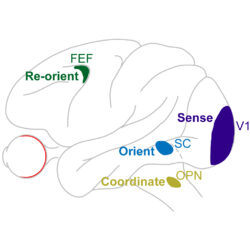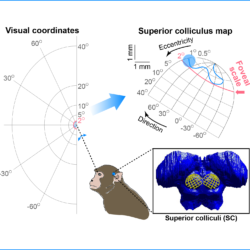Idrees et al., Nature Communications, 2020 ranked among the top ten 2020 publications by the European Vision Institute
Congratulations to Saad Idrees and Matthias Baumann! Their 2020 paper was just ranked among the top vision-related publications of 2020 by the European Vision Institute. The full list of winners can be found here or here. Stay tuned for more exciting follow up studies by Saad and Matthias.










